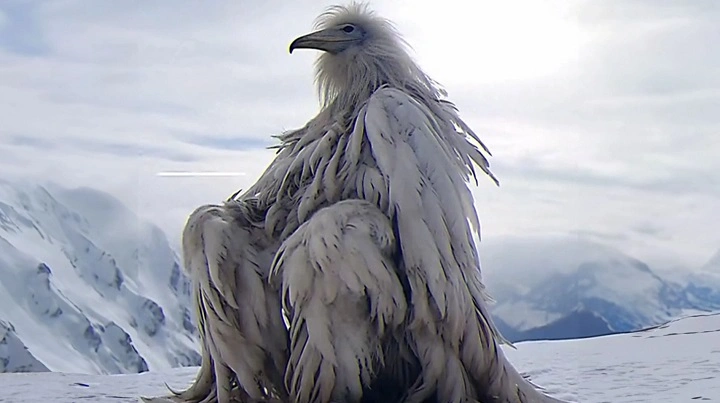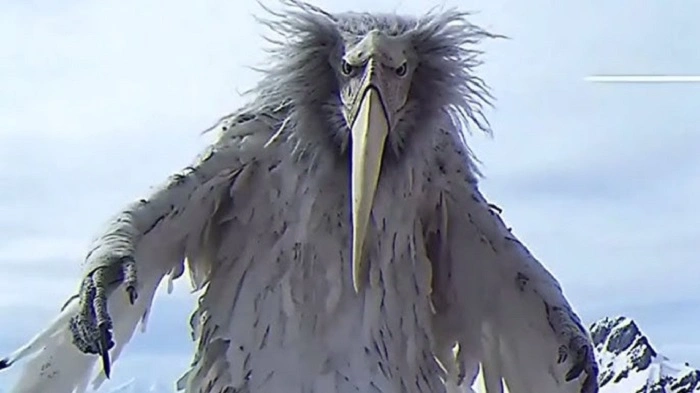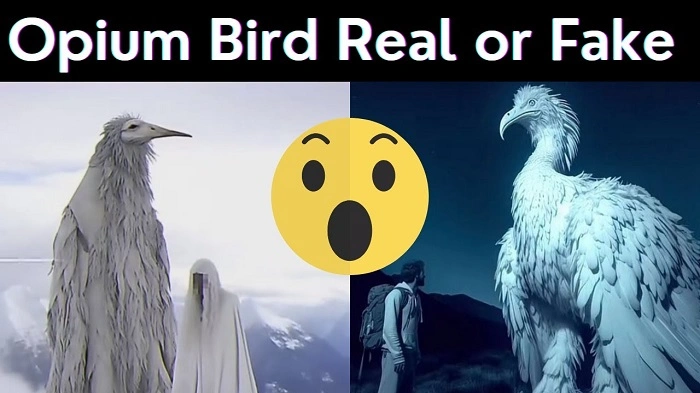Sometimes you read a phrase on the web that is curious and strange. One of them is opium birds. At first, it sounds like the name of a book, a rock band, or maybe a forgotten folk tale. But as with many strange phrases, it is an interwoven tale of threads of history, culture, symbolism, and even of the existence of wildlife.
What does it really mean? Are there birds linked to opium fields? Is it a metaphor? Or is it simply internet imagination? In this long-form guide, we’ll explore the roots of the term opium birds, break down how it has been used, and look at the fascinating ways birds and human cultures collide around plants like the opium poppy.
Where the Phrase “Opium Birds” Comes From
The word lacks a single dictionary definition, but it varies from context to context:
- Historical agriculture – When the opium poppy grew, wild birds would feed on seeds by default, becoming unwitting “opium birds.”
- Literary and artistic usage – Writers and artists occasionally use the word metaphorically to denote animals hooked on beauty, intoxication, or mystery.
- Internet culture – Memes and absurd humor stick with unusual word pairings, and “opium birds” is just right.
- Myth and folklore – Birds have been used to symbolize altered frames of mind; pairing them with opium contributes to that state of dreams and hazard.
So when one observes “opium birds,” it can be helpful for history, metaphorical inventiveness, or whimsical illogic.
Birds and the Poppy: Natural Interactions
Why birds? Because they like seeds, and the opium poppy (Papaver somniferum) produces small oil-filled seeds that attract many species.
- Pigeons and doves are renowned seed-eaters.
- Crows and starlings forage in fields for waste food and insects.
- Finches and sparrows eat poppy seeds with the same gusto as sunflower or millet.
In poppy-growing regions, peasants long toiled to protect fields from flocks. To them, opium birds were very much pests—free-range house guests hooked on easy calories.
Addiction or Instinct?
A common tale has birds getting intoxicated by eating raw poppy seeds or broken pods. Seeds themselves contain minute traces of alkaloids and are harmless in human food. Immature pods, however, can contain traces of morphine.
Some humans described drowsy behavior or repeat flocks, giving rise to the legend of opium birds “addicted” to the plants. Whether chemically true or exaggerated, the stories gave growers colorful language for persistent pests.
Opium Birds in Literature and Folklore
Beyond farming, the symbolism found its way into poetry, song, and art. Writers used it to mean:
- Escapism – birds flying like fantasies, tethered to haze.
- Temptation – animals seduced into dangerous beauty.
- Delicate freedom – liberty mixed with loss of control.
In surrealist verse, “opium birds” often symbolize thoughts suspended in limbo. In books, they may represent characters between cruel reality and enticing fantasy.
Symbolism in Art
Visual artists have sketched birds over poppy fields, balancing beauty with menace: radiant red poppies below, dark flocks above.
In modern meme culture, opium birds appear without context—distorted photos of crows with eerie eyes, labeled “opium bird.” Surreal humor thrives because it makes no sense. The phrase also fits vaporwave or weirdcore aesthetics where strangeness is the mood.
The Historical Weight of Opium
For thousands of years, opium was both medicine and vice—painkiller, commodity, and source of wars. To associate birds with this symbol creates a contrast: delicate creatures tied to one of humanity’s most divisive plants.
Thus, opium birds become shorthand for entwinement—innocence mixed with history’s vices.
Why the Phrase Has Relevance
People share opium birds because it is:
- Surreal – two unrelated words create instant intrigue.
- Visual – one imagines birds flying over red poppy fields.
- Symbolic – freedom paired with addiction.
- Versatile – useful in poetry, memes, essays, or music.
Scientific Angle: Birds and Alkaloids
Do birds really feel opium’s effects? Science suggests seeds are too weak in alkaloids. Pecking pods may expose them to trace amounts, but likely the flocks return simply for high-calorie seeds. The “opium bird” myth exaggerates minor effects into addiction tales.
Existing Usage of the Term
- Literary journals sometimes title poems “opium birds.”
- Indie bands have used the term for psychedelic imagery.
- Artists post surreal collages online with the hashtag.
- Memes use it for absurd captions with strange bird photos.
In every case, the phrase implies something dark and unforgettable.
Creating an “Opium Birds” Vibe
To make your own:
- Visuals – silhouettes of birds against radiant poppies or glitch-art pigeons.
- Captions – poetic or absurd lines like “opium bird at 3 a.m. looking for snacks.”
- Sound – ambient music with wingbeats and dreamlike tones.
The less literal, the stronger the effect.
Cultural Blends and Crossroads
Stories of “drunken parrots” on fermented fruit in South Asia and grape-thieving starlings in Europe overlap with the poppy tale. Together, they form a universal thread—animals and humans drawn to intoxicating plants.
Myth Versus Reality
So are opium birds real? Not exactly. Yes, birds eat poppy seeds and may act oddly, but the phrase is more poetic than scientific. It thrives on ambiguity.
Why People Keep Sharing the Phrase
In an internet full of noise, strange combinations stand out. “Opium birds” lingers because it’s odd, visual, and mysterious—fuel for creativity in memes, art, and writing.
FAQs About Opium Birds
Are opium birds a real species?
No. The phrase is metaphorical or ironic.
Do birds really eat opium poppies?
Yes, seed-eating birds do, and farmers once considered them pests.
Will birds get intoxicated on opium plants?
Seeds are harmless; unripe pods may contain alkaloids, but evidence of intoxication is anecdotal.
Why is the phrase used in memes?
Because it sounds absurd and surreal, making it humorous.
Is “opium birds” used in literature or art?
Yes, it has appeared in poems, music, and digital art.
The phrase opium birds will never mean just one thing, but that’s why it endures. Sometimes it describes pigeons plundering poppy fields. Sometimes it paints dreamlike birds in poetry. Sometimes it’s simply a silly meme.
Whatever the case, it shows how language and imagination elevate ordinary life into symbols of mystery and humor.




